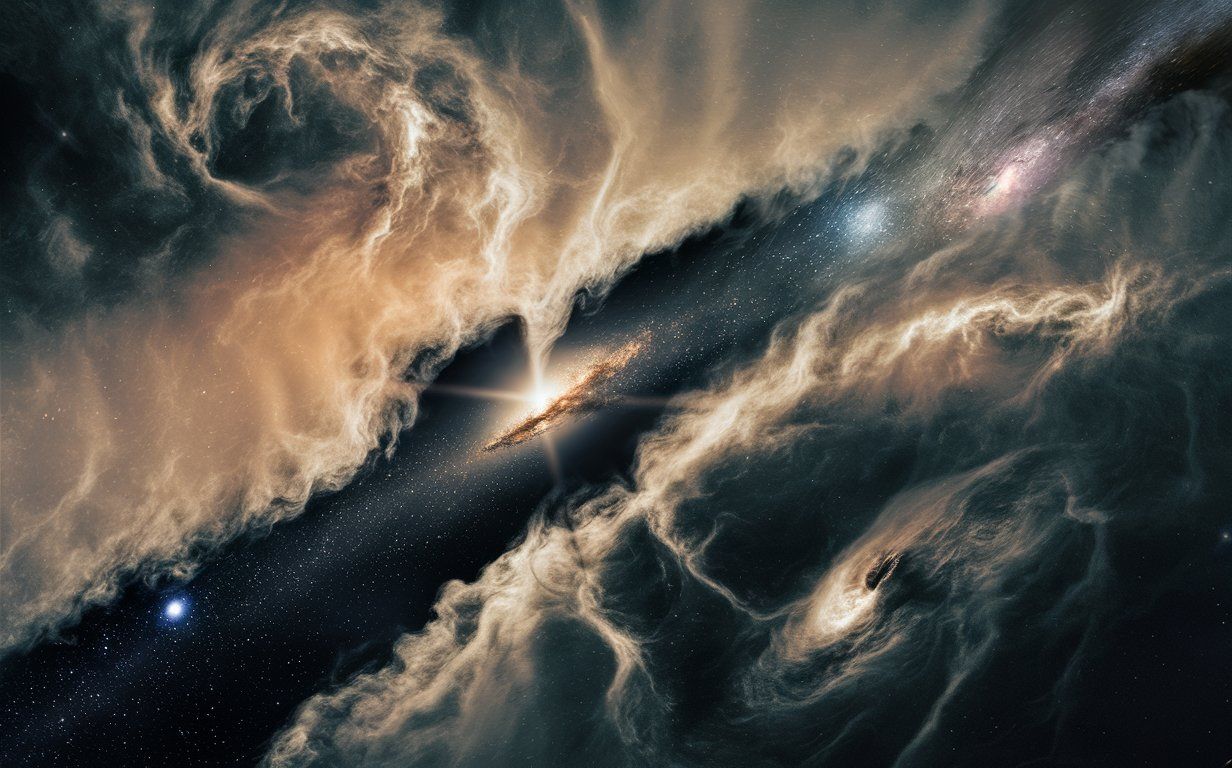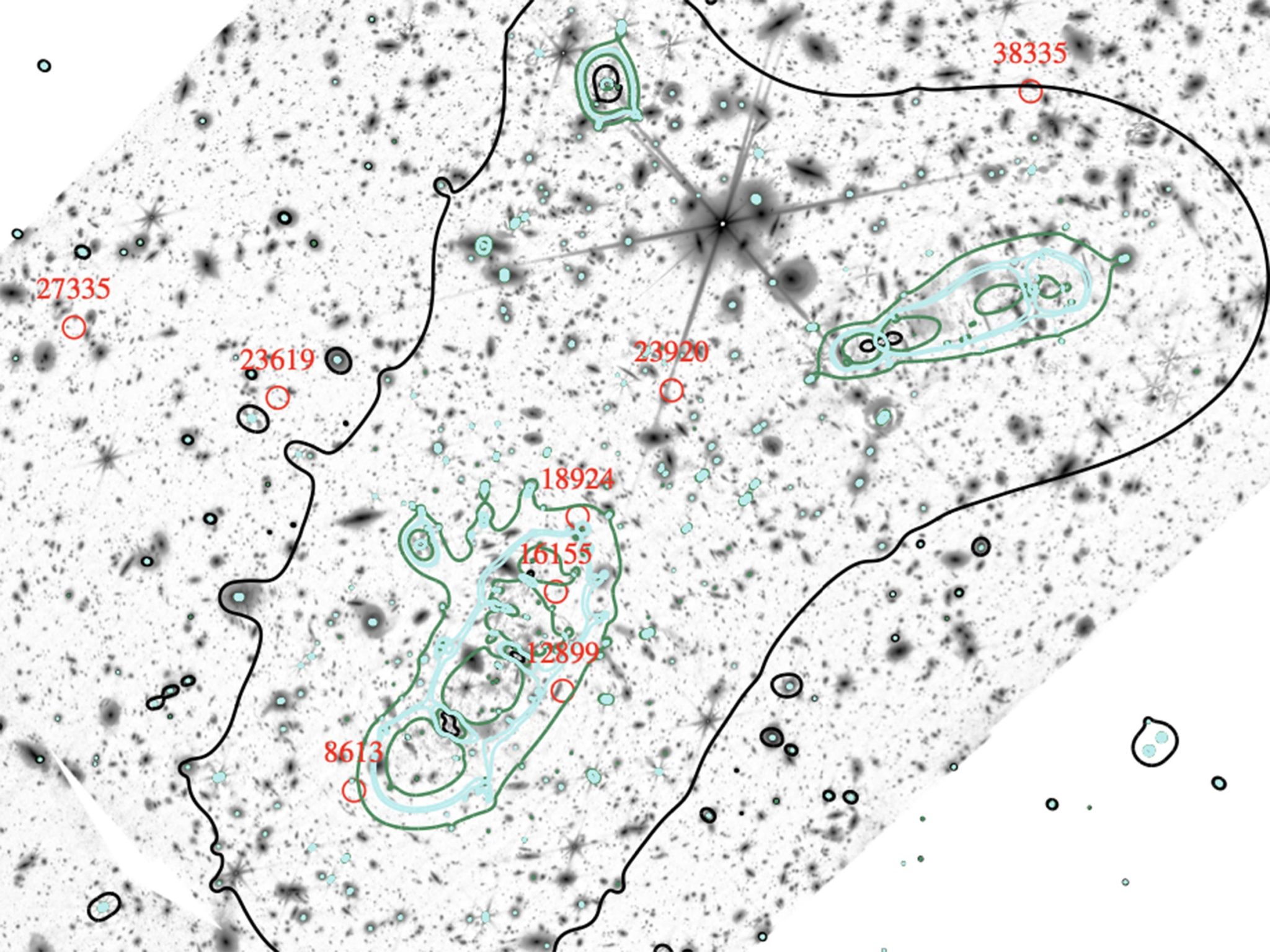Follow us on Google News (click on ☆)

The early Universe was a dense and hot fog, composed almost entirely of hydrogen and helium nuclei. Over time, this fog began to dissipate, allowing for the formation of the first stars and galaxies.
These celestial bodies emitted very high energy photons, ionizing neutral hydrogen and marking the beginning of the Universe's reionization. This period, stretching from 500 to 900 million years after the Big Bang, transformed the Universe into a space where light could freely propagate.
Scientists have discovered that low-mass galaxies, formed shortly after the Big Bang, played a decisive role in this reionization process.
These galaxies were so numerous and their ionizing radiation so intense that they significantly contributed to the dissipation of the initial cosmic “fog.” The JWST data, combined with the gravitational lensing effect of the galaxy cluster Abell 2744, have identified these ultra-faint galaxies as key players in reionization.

Deep field images from the James Webb Space Telescope have provided the first glimpses of ultra-faint galaxies, identified as strong candidates for having triggered the reionization of the Universe.
Credit: Hakim Atek/Sorbonne University/JWST
The study, published in the journal Nature, showed that the small galaxies were about a hundred times more numerous than the larger galaxies at that time. Moreover, these galaxies produced a quantity of ionizing photons far exceeding the values usually accepted for distant galaxies, suggesting they played a major role in the reionization process.
The team of researchers, including astrophysicists from Penn State, also emphasized the future importance of continuing these observations on a larger scale to confirm that the observed galaxies represent a mean distribution in the Universe.
These efforts could not only shed more light on the reionization process but also provide data on the formation of the first stars and the evolution of galaxies from primordial gas to the Universe as we know it today.